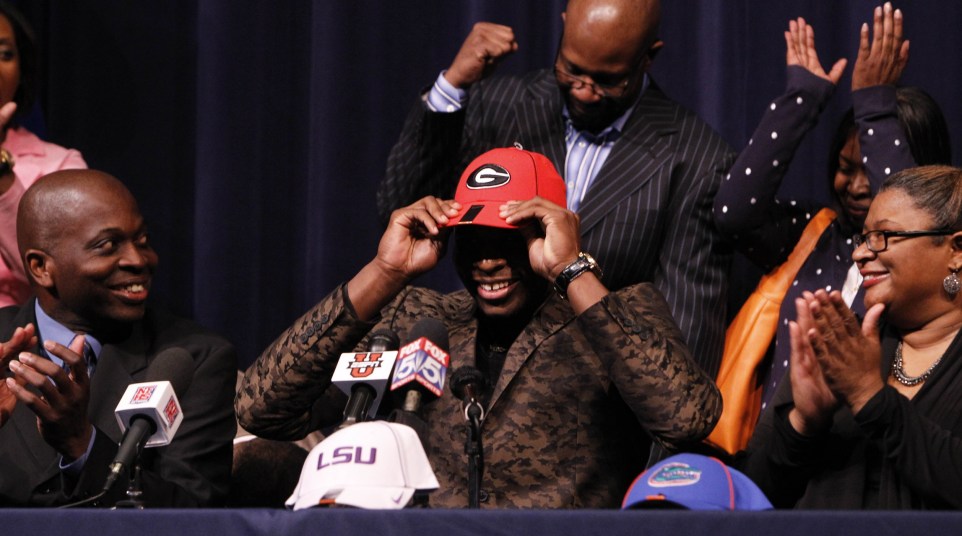In a digital world, the fax machine is still a star on NSD
As recruits don their crisp new hats on Wednesday, college decisions will be broadcast on national TV, class rankings will be instantly updated and players will joyfully tweet about where they’ll be spending their college careers. It’s a changing world, one where news travels just as fast as its made.
In the college football landscape, one thing has remained relatively unchanged as technology moves at a warp pace. Every year on National Signing Day, coaches huddle around their office fax machine and wait for it to spit out signed National Letters of Intent.
When the Xerox Company patented and rolled out the first fax machine in 1964, it was at the cutting edge of technology. While the first versions of the technology were massive contraptions back in those days, they were the fastest way to transmit documents by a wide margin. That remained true for decades, up until email came onto the scene and became a trusted mode of communication in the 1990s.
In most work places, the fax is now outdated. Digital scanners make copying documents a cinch, and email gets them from one place to another instantaneously.
Why, then, is the fax machine still relied upon so heavily on National Signing Day? It seems like an inconvenience; a high school player has to track down a fax machine, likely somewhere in their high school’s offices, and send their fax over to the school of their choice as early as possible. Coaches want those letters at 7 a.m. or earlier, meaning the players need them ready to go at the crack of dawn.
While it would be easier to scan and email the NLIs, many schools and players still like the tradition of the old school fax. One thing is for sure — the NCAA doesn’t mandate that letters be faxed to schools.
“I think a lot of times people get confused and think we mandate (faxed letters), and that’s not the case at all. It’s their choice,” said National Letter of Intent director Susan Peal to Jon Solomon last year. “I highly encourage (electronic modes of transmission).”
Most other sports get their NLIs emailed to them as PDFs. In fact, the NCAA even allows electronic signatures in place of an actual John Hancock these days. While many schools around the SEC get their recruits’ letters in via fax, its oftentimes the only day of the year when the office fax machine is put to serious use.
With all the fax machine flops we’ve heard of in recent years — Cyrus Kouandjio never faxing his NLI to Auburn and subsequently signing with Alabama is the recent nail-biting story from the SEC — you would think more programs would shift over to electronic signatures.
For now, expect to see images of staff members crowding around their athletics office’s fax machine, waiting to see signatures on the dotted line.

